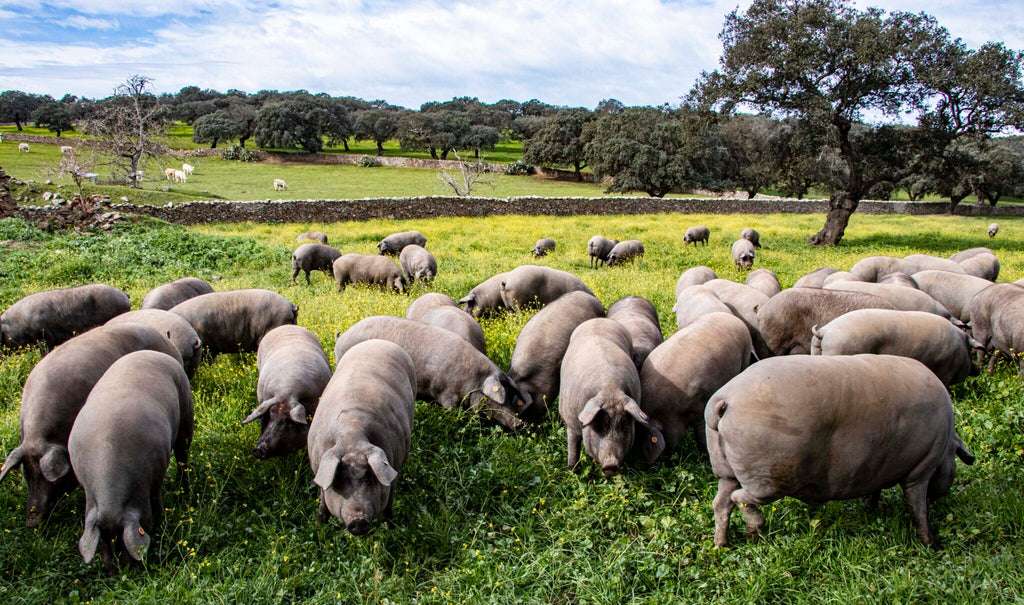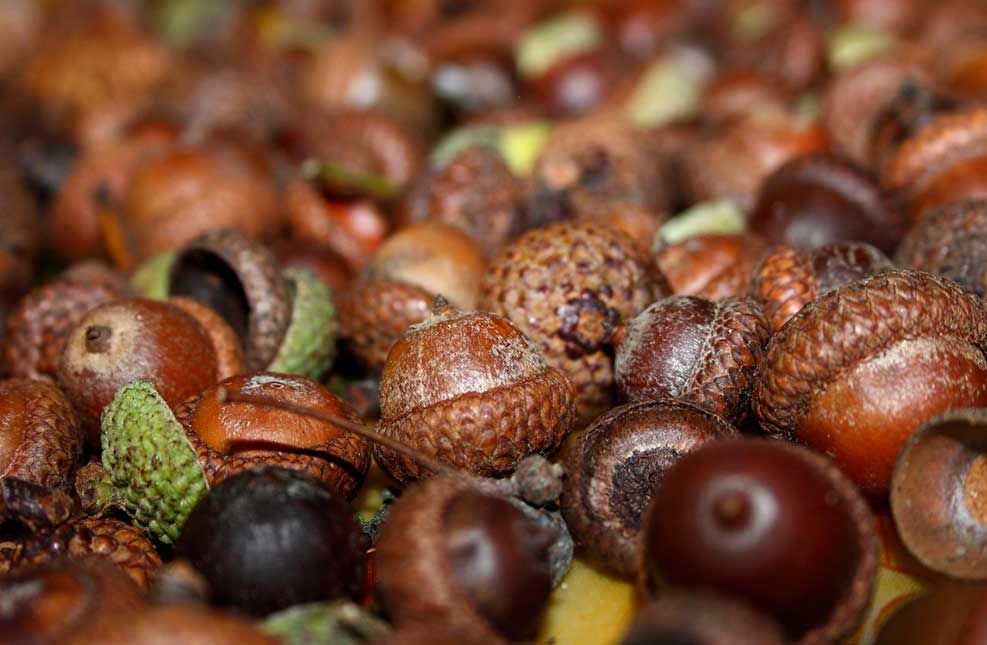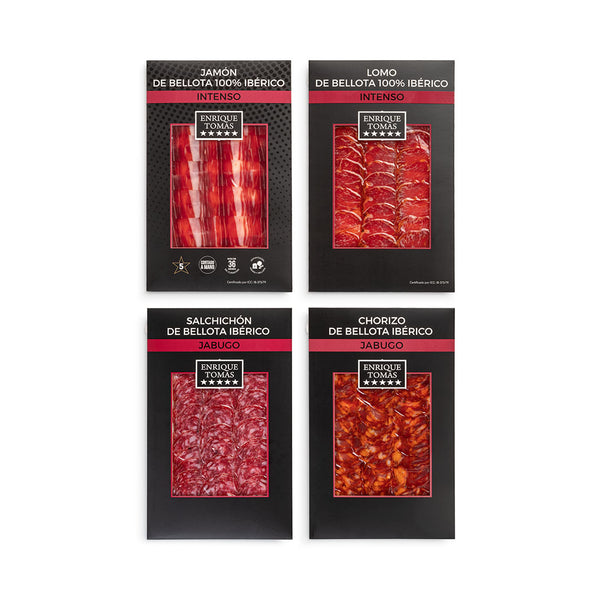
How it is the Iberico Bellota ham made, we will explain it to you!
The Iberian pig is a unique species from our peninsula with unparalleled genetic characteristics; it has the ability to infiltrate fat into the muscle. But, What does this mean? This factor is what makes the ham obtained from the Iberian pig juicier than that from the white pig. If you want to know how Iberian acorn-fed ham is made, you've come to the right place.
Below, we provide you with all the information you need to know!
Essential Factors for Iberian Acorn-Fed Ham Classification
There are two decisive aspects for a ham to be considered Iberian acorn-fed:
The Breed
We've already discussed the Iberian breed, but not all pigs from this breed come from pure Iberian parents. Some have a purity level lower than 100%. Does this mean their hams can't be categorized as Iberian acorn-fed? No.
All Iberian pigs descended from at least one Iberian parent (usually the mother) are considered Iberian. To preserve the typical characteristics of the Iberian breed, such as their fat-infiltrating ability or the more elegant shape of their legs, when they need to be crossed with another breed, the choice is often the Duroc, which is typical of the United States and has similar (though not identical) characteristics to the Iberian breed.

The Duroc pig
The Diet
All pigs, whether Iberian or not, are fed with feed until they reach 100 kg in weight. Once they reach this size, producers decide whether or not to send them to the montanera, where they will feed on acorns and wild herbs. Products obtained from pigs raised in the dehesa and fed with acorns are called Iberian acorn-fed hams.
In October, pigs that are going to be released into the wild, a decision that depends on the quantity of acorn-fed hams and shoulders the producer wants to obtain, are taken to the mountains, where they graze freely for a minimum of five months. There, they feed on natural products and get exercise as they move around. The combination of these factors, along with the fat-infiltrating ability, results in juicier hams and shoulders.
Once you taste this delicacy, you'll see how easy it is to recognize!
 The Iberian pig in the dehesa
The Iberian pig in the dehesa
How Iberian Acorn-Fed Ham Is Made
Once the Iberian pig raised in the dehesa has completed the montanera and reached 150 kg in weight, the production process of the hams begins. At Enrique Tomás, we refer to this as "cooking," and it typically lasts around three years.
The first stage in preparing Iberian ham is salting, where the pieces are buried in salt for an average of one day per kilogram, meaning if a leg weighs 14 kilograms, it will be buried for about 14 days. While salting is similar for all four Iberian origins, each region has its own peculiarities. Most shoulders and hams also have a V-cut on the top to allow better penetration of salt.

The next phase in the production of ham is the drying stage, which usually lasts about six months. During this time, the fat infiltrates between the muscle fibers. This stage begins around March or April, and producers only need to maintain the required temperature and humidity levels for the pieces, so they don't need to closely monitor each one.
Finally, the maturation stage arrives, and this depends on the type of ham or shoulder being dried. It lasts approximately 24 months for Iberian acorn-fed shoulders and three years for hams. During this stage, more attention is required, as the hams and shoulders need to be periodically greased to protect them and ensure even curing.
It's important to closely monitor each ham and shoulder because only by supervising each one individually can you identify the areas with less fat and therefore where more lard needs to be applied to prevent drying. After this process, the shoulders and hams will be ready. Now you know how long it takes for a ham to cure.
So, how is Iberian acorn-fed ham made? It requires time and dedication. Do you understand why it's so highly valued? Keep in mind one more thing: the production process followed by acorn-fed Iberians is no different from that of grain-fed ones or serrano hams; it's just considerably longer.
For example, a Gran Reserva shoulder hung in the drying rooms for fifteen months will be ready, a figure far from the two years needed for acorn-fed Iberian hams. So, this product is more expensive because, besides coming from an animal with juicier meat, it has required attention and care for a longer period.
Only true artisan masters can produce this top-tier delicacy!





